For Day of the Dead, short poems, anecdotes, mocking or reverent tributes, called calaveras or “skulls,” are given to celebrate public or private figures. In Los Angeles, Tropico de Nopal Gallery has taken the custom into the realm of performance art-fashion show-walking altar display.
Día del los Muertos: Calavera Fashion Show
Tropico de Nopal Gallery-Art Space, Los Angeles, California
Mexico and its pocho-adherents celebrate a yearly tradition called Day of the Dead (Día de los Muertos), during the last days of October through the first week of November. It is a time to communicate with the ancestors, celebrating the death-transition from one life to another. Blending the Roman Catholic All Saints’ Day (November 1st) and All Souls’ Day (November 2nd) with indigenous pre-colonial Mexican traditions, death becomes a colorful dance, where souls never die, they rest in Mictlan.
Pre-spaniard, this celebration took place in August, an Aztec festival dedicated to a goddess called Mictecacihuatl. Ofrendas or offerings might include orange marigolds to attract the souls, toys bought for departed children, bottles of tequila, candies, pan de muerto, and sugar skulls for nourishment, altars with candles, Christian crosses, and pictures of deceased relatives.
Short poems, anecdotes, mocking or reverent tributes, called calaveras or “skulls,” are given to celebrate public or private figures. In Los Angeles, Tropico de Nopal Gallery has taken the custom into the realm of performance art-fashion show-walking altar display.
STORY: Drums and Dance of Día de los Muertos


Reyes Rodriguez, Founder/Director of the Art Space located near Echo Park, is quoted in the program saying, “I believe that this event has forever transformed the couture for the deceased, thus generating the utmost Ofrenda.”
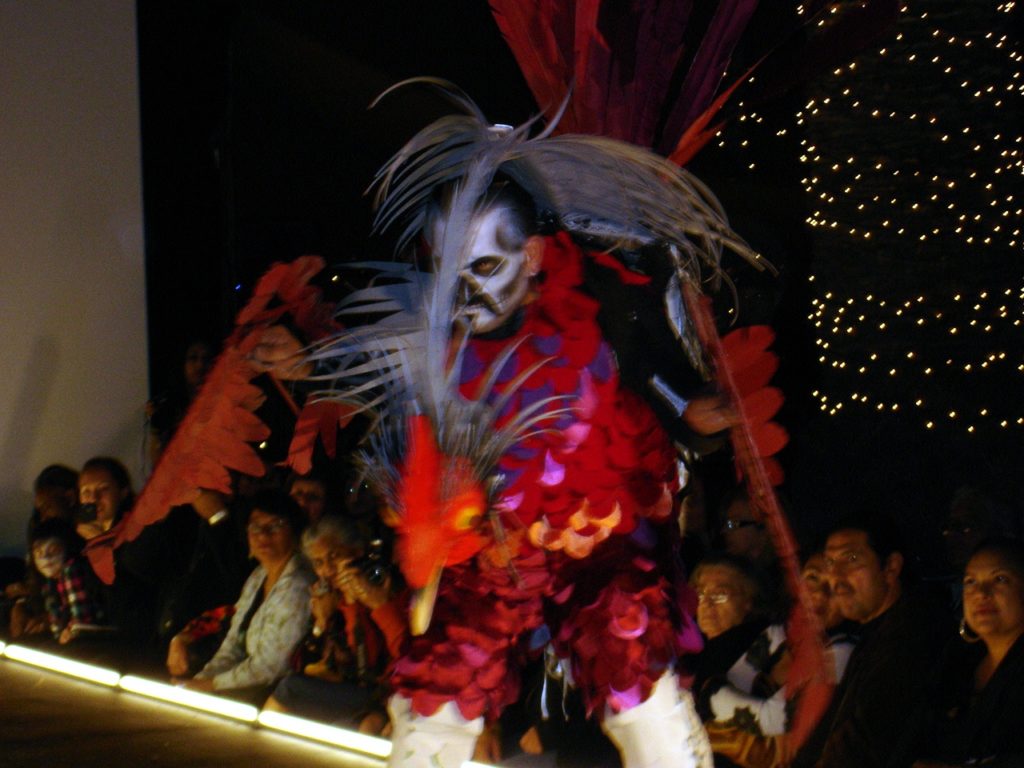

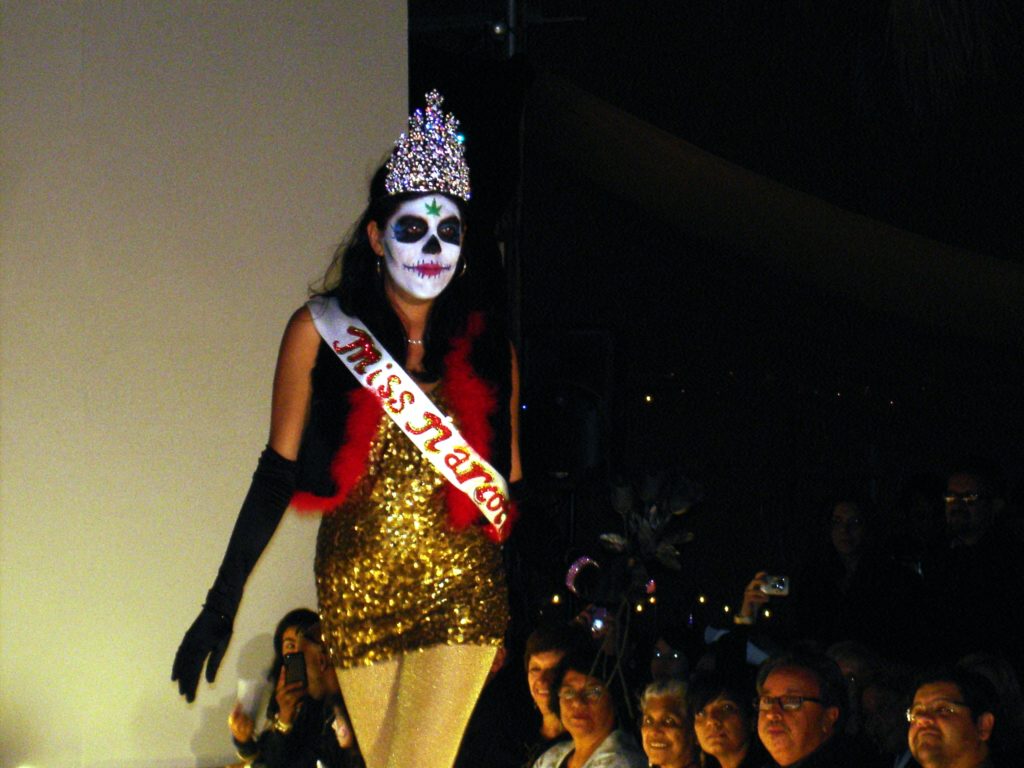

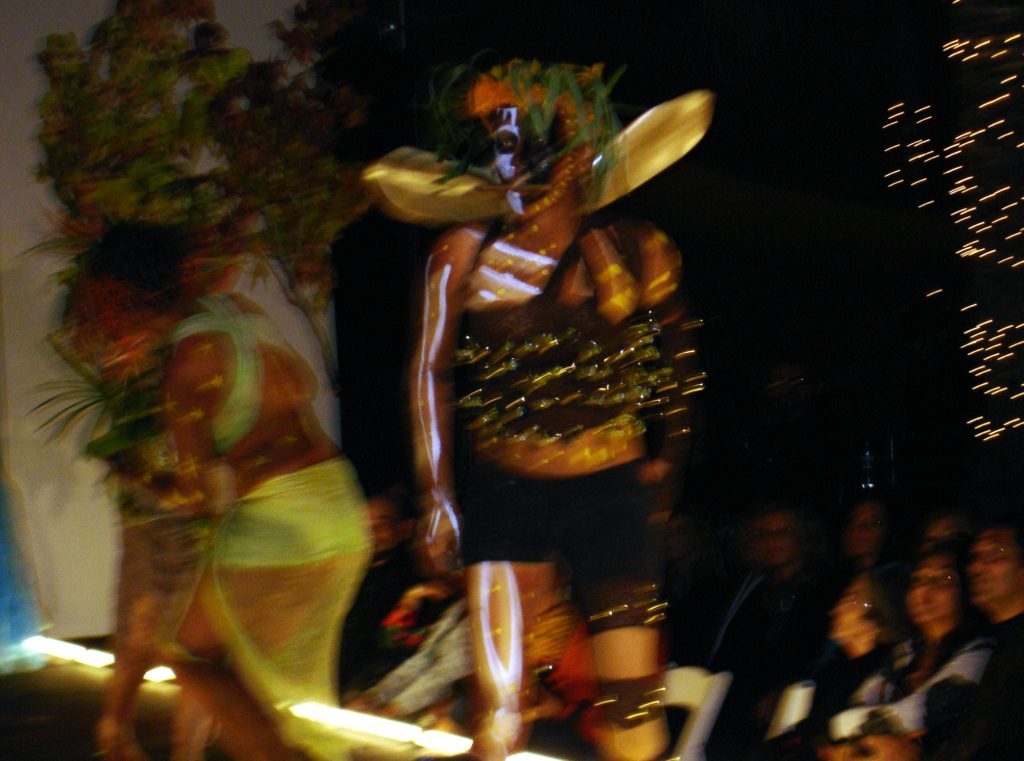

Updated 25 November 2025


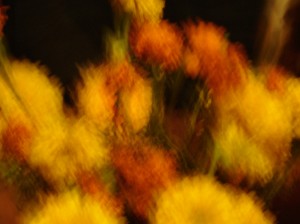

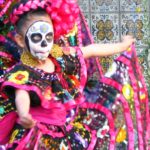
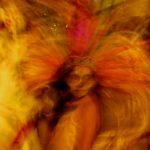

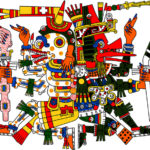
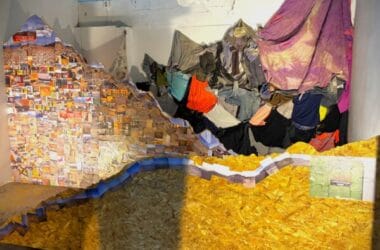





Pingback: Olvera Street Day of the Dead - Los Angeles with an Aztec Flair | WilderUtopia.com
Pingback: Drums and Dance of Día de los Muertos | WilderUtopia.com
Pingback: Celebrate Life With Death: Día de Los Muertos and Its Significance